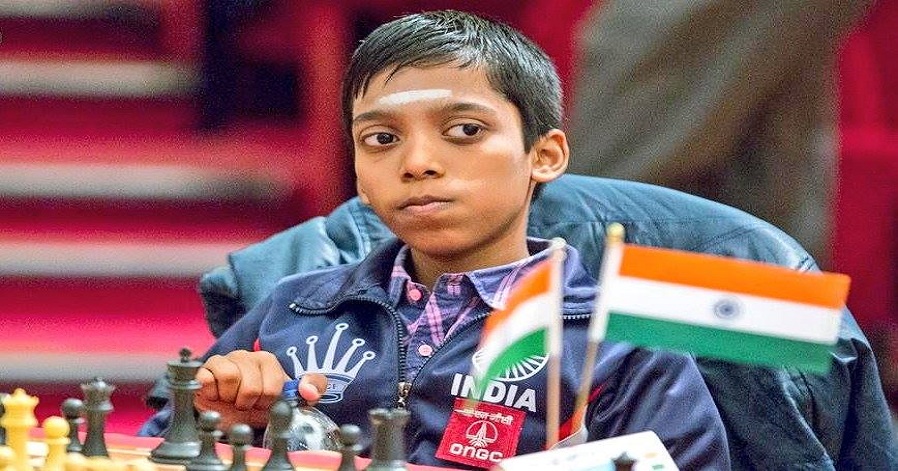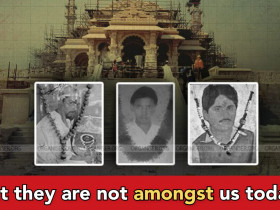No products in the cart.
Battle of Chamkaur: 40 deadly Sikhs fought an army of 10 lack Mughals: Read full story
On December 22, 1704, a historic battle was fought between the Sikhs and the Mughals at Sirsa River, Chamkaur. There were only 40 Sikhs to fight against an army of 10 lack Mughals led by Wazir Khan. Guru Gobind Singh Ji was leading his army of 40 Sikhs. The battle in the history of Sikhs and their valor is known for its religious faith. Guru Gobind Singh described the war in “Jafarnama”.
Guru Gobind Singh did not accept defeat to the Mughals. On this wazir khan was furious and wanted to capture him. The Aurangzeb kept 2 lacs troops under Lahore due to fear of an invasion of the Persian empire. Several Mughal rulers of Anandpur kept their forces in a safe place for 6 months. They were under the illusion that as the supplies will end, the Sikhs will surrender. One night Guru Gobind Singh flew out with all his colleagues towards Sirsa river, Chamkaur. As soon as Gurudeva with his 40 Sikhs reached Chamkaur, they were welcomed warmly by the locals.
They decided not to go ahead because everyone was aware that death was certain. The Khalsa principle says not to give up until you die. Meanwhile, the Mughals came to know of their location and reached there to capture GuruJi. Now, Sikhs had no option but to either surrender themselves to Mughals or fight against them till last breath. Guru Gobind Singh Ji decided to let one Sikh fight with one and a 25 lakh Mughals (‘sava lakh’).
Gurudeva made a strategy for the war. He sent the first batch of five Sikhs to the battlefield. They killed hundreds of Mughals but also lost their lives in battle. Then Gurudeva sent the second batch of five Sikhs. This group also finished a heavy toll of the enemy. Thus this tactic was applied and a batch of five was sent to the battlefield. Now Nawab Wazir Khan decided to go with a one-time attack. This time everyone was worried about how to stop such a big attack. So the remaining Sikhs urged Gurudev to step back from the war along with his sons.
Hearing this, Gurudeva said: “what sons are you talking about, you all are my sons. All Sikhs were surprised to hear the response. Then four other Sikhs came forward and put many soldiers to death. Ajit Singh led a batch of five lions and jostled hundreds of Mughals. But in the process of killing a thousand soldiers, he also lost his life.
After a long battle, only 7 Sikhs were left excluding Guru Gobind Ji. They decided to send Guru Ji at a safe place while they kept the Mughals engaged. But he refused to show his back to the battlefield. They knew that sacrificing him will prove to be very harmful to the Panth. Saying: ‘Guruji da Khalsa, Guru Ji di Fateh’, eventually, Guru Ji left for a safer place because this policy was good for the Khalsa Panth. All Sikhs shed their blood in order to protect Khalsa Panth.
The next morning was a huge disappointment because the land was full of blood. Thousands of corpses were lying against only thirty-five bodies of Sikhs. And they were stunned when they did not find Guru Gobind Singh Ji. It was a tight slap on the Mughals’ face. Though the Mughals captured Kashmir, Lahore, Delhi.
Thousands of Mughal army died in this battle but could not capture Guru Gobind Singh. Sikhs did not let their mission fulfill. Sikh’s valor and courage were prominent in the battle. They not only fought with courage but also managed to save their Guru and their legacy. This battle made its place in the list of deadliest wars in history. Sacrifices of 40 Sikhs will be remembered forever by generations.












